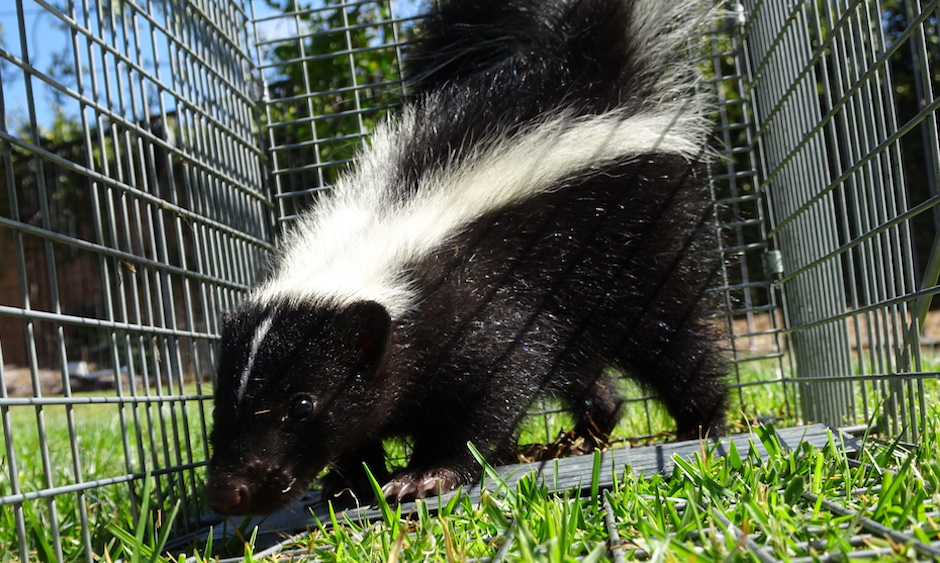Do High Pitched Sound Deterrent Machines Work Against Skunks?
Do High Pitched Sound Deterrent Machines Work Against Skunks?
Unwanted skunks on your property can be more than just a nuisance. They can cause property damage and spread diseases. Skunks are also known for their terrible, musky odor and terrorizing household pets.
It can be difficult to know exactly what to do when you think a skunk has taken up residence on your property. Calling a pest control company won’t work. They aren’t equipped to handle the situation.
There are many DIY skunk repellent tactics out there on the internet. Unfortunately, many of them are based on false information. The truth is that many of them simply do not work.

DIY Skunk Repellents
Some of the most common DIY skunk repellents include the use of high-pitched sound deterrent machines. These do not work effectively. They may startle the animal at first. However, skunks are intelligent and persistent. Once they realize the noise poses no threat, they will simply ignore it.
The pitch of the sound does not make a difference. Some of these so-called repellents are marketed as ultra-sonic. These are no more useful than any of the other noise deterrent machines. Hungry skunks will simply ignore them in their quest for food and shelter.
Poisons, moth balls and ammonia are also a bad idea. Not only are these ineffective, but they can do more harm than good. They pose a risk to the environment, non-target animals and people.
Skunk Repellents
There are really only two effective skunk repellents. Those are motion activated sprinklers and live cage traps. The motion activated sprinklers won’t harm the environment or the animal. It will typically startle the animal enough to get rid of it.
However, it is important not to overwater the lawn or you may attract more skunks in the future. Skunks like to dig in the wet soil for food. An overwatered lawn is nothing more than an invitation to dine.
A cage trap is not a repellent, but it is the other effective way to get rid of unwanted skunks on the property. Live cage traps will not hurt the animal and will allow it to be relocated to a wooded area where it will not be a pest.
Before trapping any wildlife, it is important to look up state and local laws because they may differ slightly. You will also need to learn how to bait the trap and wear protection when moving it. Once a trap has been set, it should be checked often to avoid leaving a trapped animal without food and water.
Visit our Wildlife Trapper Waukegan home page to learn more about us.

